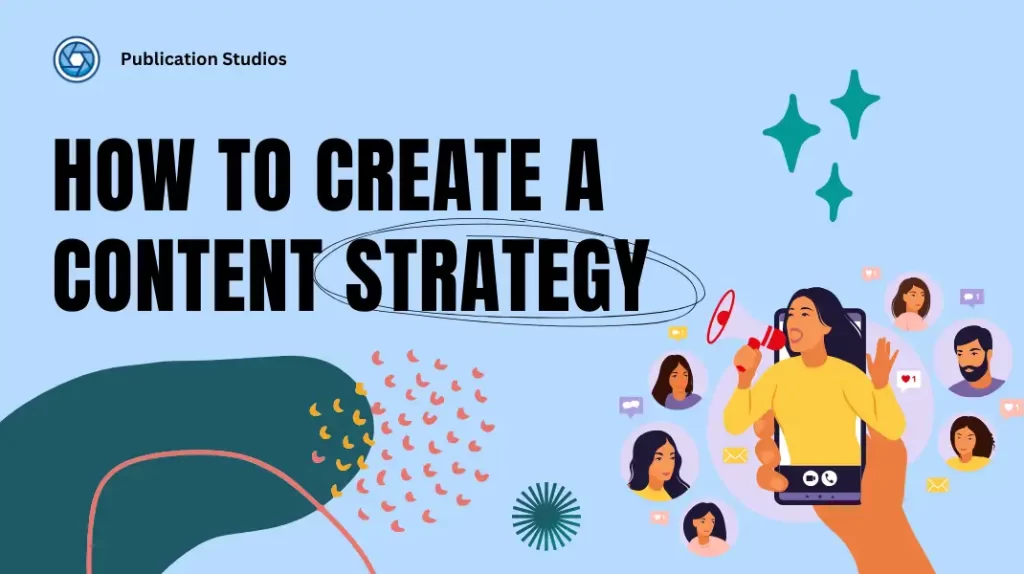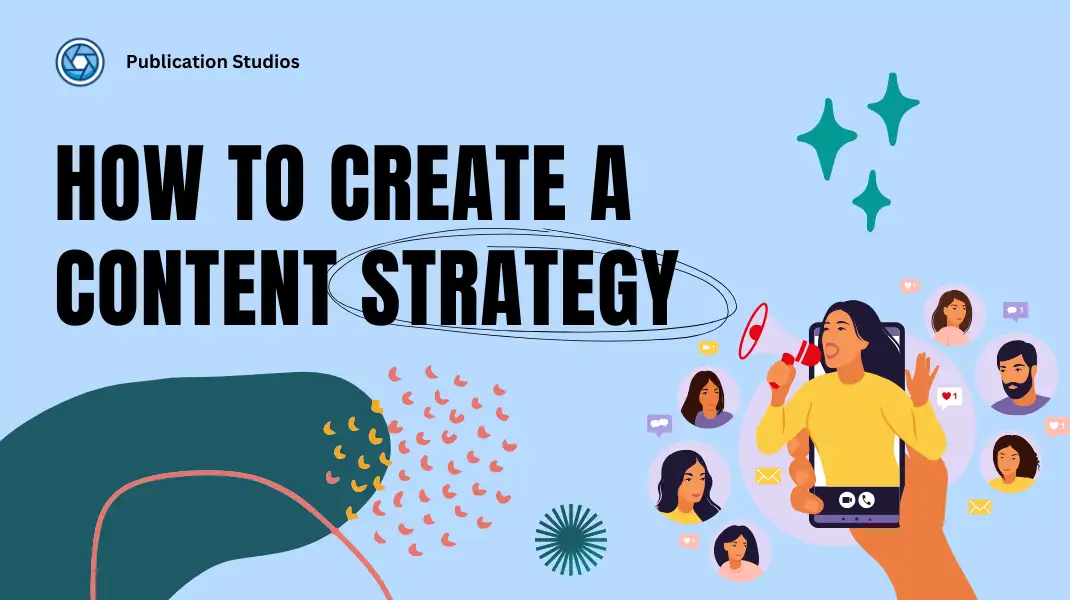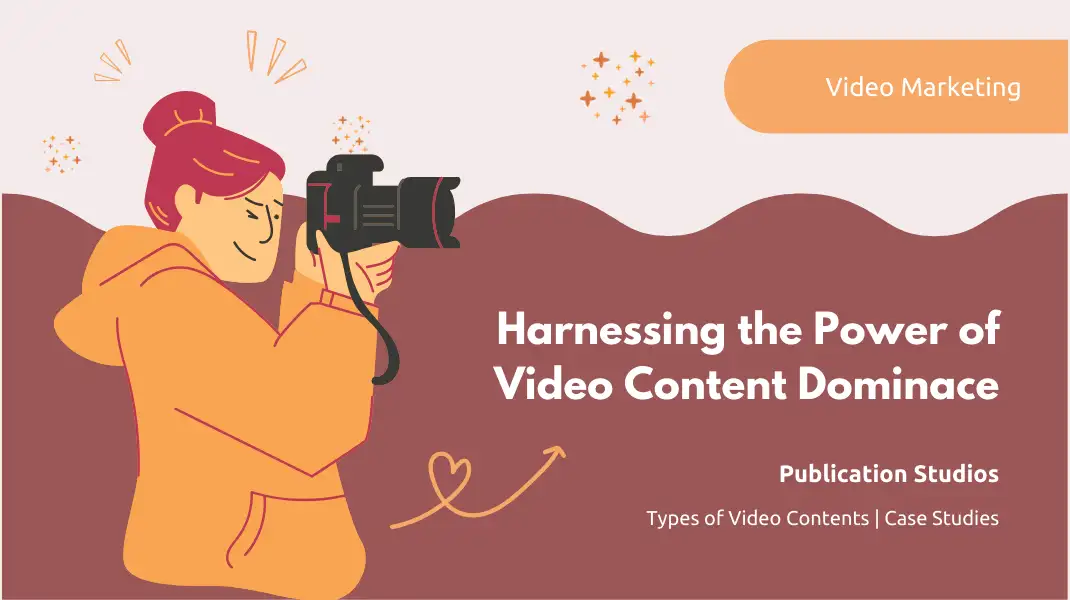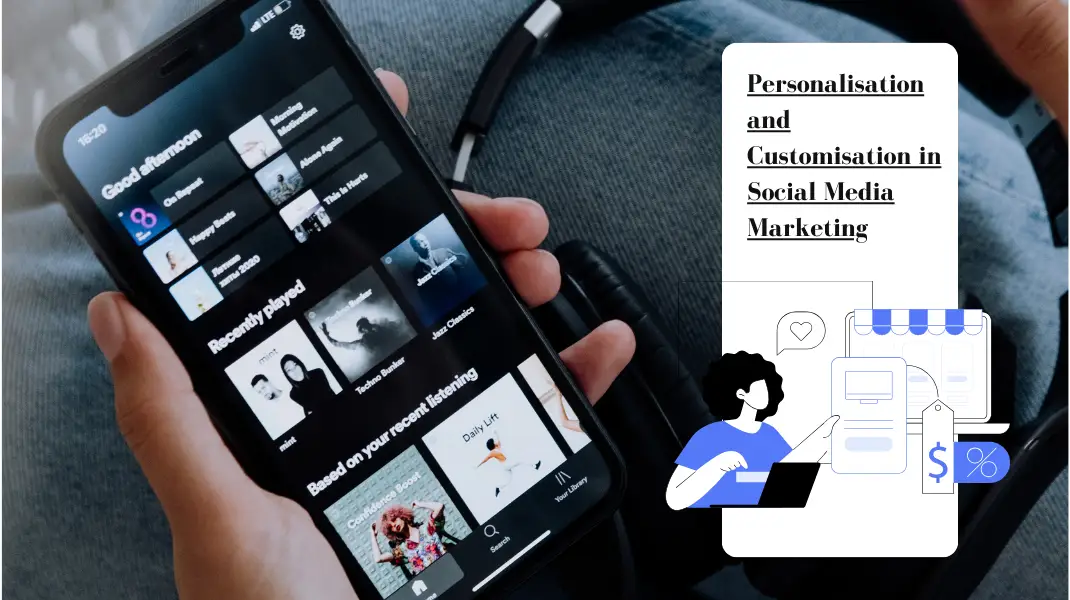User-generated content (UGC) has become a powerful strategy in digital marketing, enabling businesses to build trust, foster community, and enhance organic engagement. The results and case studies in the recent years shows a distinctive advantage and benefits of UGC, and the results clearly indicates that businesses should look for ways to include UGC into their digital marketings strategy.
This article will help you explore UGC and how you can adopt this to your business and how to address your potential issues with UGC. We will also put forth some case studies for you to understand how other businesses have seen the opportunity and utilises UGC for the digital marketing campaign’s success.
Understanding User-Generated Content
User-generated content refers to any content such as text, videos, images, reviews, and many others that are created by users rather than the brand itself. This type of content is authentic and often more trusted by consumers because it reflects genuine user experiences and opinions. It’s also from the user’s perspective that the content is created, hence, the content give other users a preview of how the product or service is being utilised and the first experience of it.
Determining Suitability for Your Business
When adopting User-generated content, you will need to evaluate if your product or services has the criteria to be converted to user-generated content. You can refer to the list to identify if your product or services has the characteristics to be utilised for user-generated content.
Active Audience
Assess whether your target audience is active on social media and willing to create and share content. UGC works best when there is an engaged community that is enthusiastic about sharing their experiences. If your audience is highly interactive and frequently posts about their purchases or experiences, UGC is likely a good fit.
Product Type
Consider whether your products or services lend themselves well to visual or experiential content. Products that people are passionate about, such as fashion, travel, food, and technology, often generate more user content. Items that can be demonstrated or showcased easily through photos or videos are particularly well-suited for UGC.
Brand Image
Evaluate the strength of your brand’s reputation and the loyalty of your customer base. A strong, positive brand image and a loyal following are essential for successful UGC campaigns. If your customers are already advocates of your brand and regularly share positive experiences, leveraging UGC can enhance your marketing efforts.
Social Media Presence
Determine the extent of your brand’s presence on social media platforms. Brands with established and active social media profiles are more likely to benefit from UGC. If your brand has a significant following and regularly engages with users on platforms like Instagram, Facebook, or Twitter, implementing a UGC strategy can amplify your reach and engagement.
So How Can You Do?
Adopting a user-generated content (UGC) strategy involves several key steps to effectively encourage, manage, and leverage content created by your audience. Here’s how businesses can successfully implement a UGC strategy
Encourage Participation
Create opportunities for your customers to share their experiences with your brand. This can be done through social media contests, branded hashtags, or specific calls-to-action encouraging users to post their content. Make it easy and exciting for customers to participate by providing clear instructions and showcasing examples of what you’re looking for.
Highlight UGC
Showcase user-generated content across your marketing channels, including your website, social media profiles, and email newsletters. Featuring customer stories, photos, and videos not only builds trust but also demonstrates authenticity. Highlighting UGC in your marketing materials validates your brand’s credibility and shows that you value your customers’ voices.

Incentivise Contributions
Offer incentives to motivate customers to create and share content. Incentives can range from discounts and exclusive offers to the chance to be featured on your brand’s official channels. Recognizing and rewarding contributors can significantly boost participation and foster a loyal community around your brand.
Engage with Users
Actively engage with users who create and share content about your brand. Like, comment on, and share their posts to show appreciation and build relationships. This engagement not only encourages more users to contribute but also enhances the sense of community and connection between your brand and its customers.
Leverage Influencers
Collaborate with influencers to amplify your UGC efforts. Influencers can encourage their followers to create and share content related to your brand, increasing the reach and impact of your campaign. Partnering with influencers who align with your brand values can add credibility and attract a broader audience to your UGC initiatives.

Potential Issues
Implementing a user-generated content (UGC) strategy can offer significant benefits, but it also comes with potential challenges that businesses need to address. Here are some key issues to consider
Content Moderation & Control
One of the primary challenges of a UGC strategy is ensuring that all content aligns with your brand values and guidelines. While some submissions may be high-quality and engaging, others may not meet your brand’s standards. Curating content that accurately represents your brand while maintaining a high level of quality is crucial. Providing examples and guidelines can help users understand what type of content is expected.
Legal and Ethical Concerns
Using user-generated content involves various legal and ethical considerations. It is essential to obtain explicit permissions from users to use their content in your marketing materials. This includes ensuring that you have the rights to use, modify, and distribute the content. Additionally, be mindful of privacy concerns and ensure that you comply with relevant laws and regulations to avoid potential legal issues.
Involving the Right Minded People
It’s important to ensure the influencers or users that help with your UGC strategy shares the same value and direction in many aspect. This is due to any negative marketing or feedback that might expose your bad to scrutiny.
Negative or Spam Content
While user-generated content can enhance your brand’s image, it can also expose negative feedback or criticism. Be prepared to address any negative experiences shared by users constructively and professionally. Handling criticism transparently and empathetically can turn negative situations into opportunities for improvement and demonstrate your commitment to customer satisfaction.
Case Studies (GoPro)
GoPro, renowned for its action cameras, needed a way to showcase the practical applications and performance of its products in real-world situations to attract adventure enthusiasts and content creators.
Issue
The challenge was to demonstrate how GoPro cameras perform in diverse and extreme environments. Potential customers needed to see the cameras in action during activities like surfing, skiing, and skydiving to fully appreciate their capabilities.
Strategy
GoPro leveraged user-generated content by encouraging customers to share their adventure videos using GoPro cameras. The company launched campaigns that incentivized users to submit their best footage for a chance to be featured on GoPro’s social media channels and website. By showcasing authentic videos created by actual users, GoPro highlighted the versatility and durability of its cameras.
Impact
This strategy created a vast library of engaging content that resonated with the target audience. The user-generated videos built a strong sense of community and trust, as potential customers could see real-life examples of the product in action. The campaign boosted brand loyalty and drove sales, as the authentic and diverse footage demonstrated the cameras’ capabilities better than traditional advertising could. GoPro’s success with user-generated content emphasized the power of authentic customer experiences in marketing.
Case Studies (Starbucks)
Starbucks, a global coffeehouse chain, aimed to increase customer engagement and loyalty through social media by creating a platform for customer creativity and interaction.
Issue
The challenge was to create content that could engage customers and encourage them to share their personal experiences with Starbucks in a way that felt authentic and community-driven.
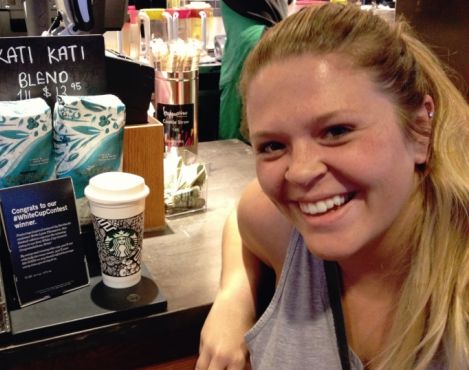
Strategy
Starbucks launched the “White Cup Contest,” encouraging customers to decorate their white Starbucks cups and share photos on social media using a specific hashtag. The winning design was featured on a limited-edition Starbucks cup. This campaign was designed to be interactive and to highlight the artistic talents of Starbucks customers
Impact
The contest generated a significant amount of user content, driving engagement and creating a buzz around the brand. It also reinforced the sense of community and creativity among Starbucks customers, enhancing brand loyalty and visibility. The campaign successfully showcased Starbucks as a brand that values and celebrates its customers’ creativity, leading to increased social media engagement and a stronger brand community.
Case Studies (Coca-Cola)
Coca-Cola, one of the world’s leading beverage companies, aimed to create a deeper personal connection with its customers and increase brand engagement through a creative and interactive campaign.
Issue
Coca-Cola faced the challenge of engaging with a diverse global audience in a meaningful and personalized way. Traditional marketing efforts were becoming less effective in capturing the attention of younger consumers who valued personal experiences and interactive content.
Strategy
Coca-Cola launched the “Share a Coke” campaign, replacing its iconic logo on bottles with popular names. Customers were encouraged to find bottles with their names or the names of friends and family, and share photos of these personalized bottles on social media using the hashtag #ShareaCoke. The campaign also included a dedicated website where users could create virtual bottles with custom names and share them digitally.
Impact
The “Share a Coke” campaign was a massive success, generating a significant amount of user-generated content and social media buzz. Consumers embraced the personalized bottles, sharing millions of photos and stories online. This not only increased Coca-Cola’s visibility but also fostered a sense of personal connection with the brand. The campaign boosted sales, particularly among younger demographics, and reinvigorated brand loyalty. By making customers feel special and included, Coca-Cola effectively transformed its product into a personalized experience, demonstrating the power of user-generated content in building brand engagement and driving business results.
Start your User-Generated Content
Let us discuss if your company is able to utilise User-Generated content for your products or services.

